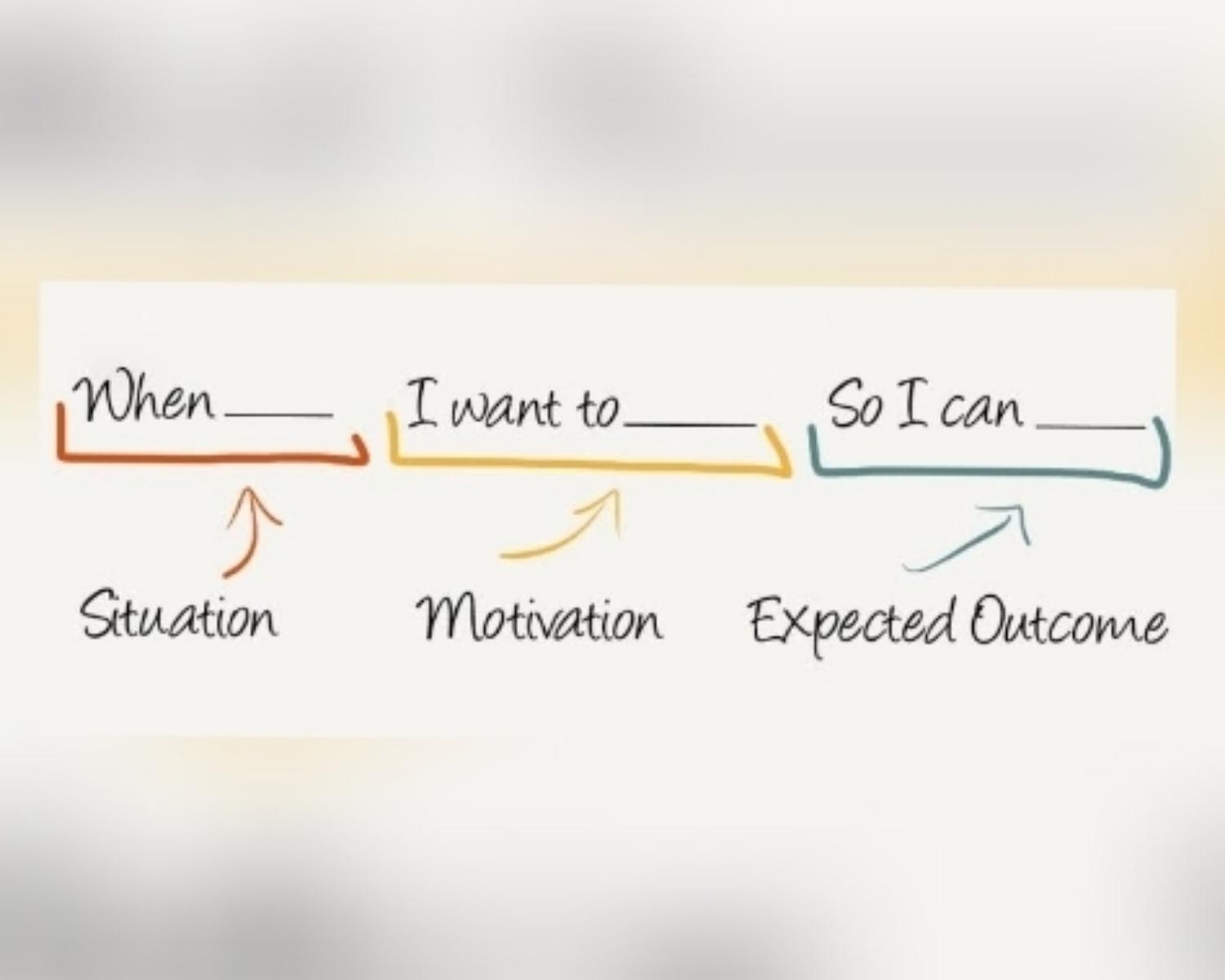How Adobe lost users to new startups
The internet drove entirely new design use cases. Photoshop was built for editing photos and images. It’s a powerful tool that operates at the pixel level. However, many of these new uses weren’t about image manipulation. Images were a component—not the essence—of the job users were trying to accomplish.
For some users, this was designing digital products. Designers at software companies or any company with a website wanted to create the websites and software products they worked on. This is less about image manipulation and more about designing the UI and UX of these digital products. Vectors are more important than raster graphics. The complexity and process of designing these high-value designs also got increasingly more sophisticated. These designers worked with teams of other designers and non-designers. Their designs are part of a larger product development process and what mattered wasn’t just making a design, but how that the entire process could be improved to make collaboration easier and handoff of designs better. Iteratively.
The complexity of the designs and the components in the resulting code became more complex, too. The need for their tools to have a higher-level understanding of the components and variants became more important. It’s increasingly useful for designs to understand the same concepts and abstraction levels as the HTML and CSS in the resulting end product.
But Adobe hasn’t captured it all. And in many of these new emergent use cases and customer types, Adobe has lost the lead to new startups.
3
6 reads
The idea is part of this collection:
Learn more about startup with this collection
How to start a successful business
How to build a strong team
How to market your business
Related collections
Similar ideas to How Adobe lost users to new startups
13. “If we want users to like our software, we should design it to behave like a likeable person: respectful, generous and helpful.”
— Alan Cooper, Software Designer and Programmer
It’s easy to get stuck in a design bubble and lose sight of who you are designing for. Throughout the process, remember to take a moment to step back and review your progress compared to the
When and how to apply Auction
The Auction pattern’s allure and potential lie in its flexibility and vast possibilities for implementation. You can either offer your own products, or create a marketplace for sellers and buyers available to all sorts of products (think of eBay) or targeted towards niche...
How To Write A Jobs To Be Done Statement
"Help me brush my teeth in the morning” is not a great example of a Job to Be Done statement.
It infers an existing solution (a toothbrush) and there’s only so far you’ll be able to expand your thinking within that bubble.
It's a valid approach to designing innovations that i...
Read & Learn
20x Faster
without
deepstash
with
deepstash
with
deepstash
Personalized microlearning
—
100+ Learning Journeys
—
Access to 200,000+ ideas
—
Access to the mobile app
—
Unlimited idea saving
—
—
Unlimited history
—
—
Unlimited listening to ideas
—
—
Downloading & offline access
—
—
Supercharge your mind with one idea per day
Enter your email and spend 1 minute every day to learn something new.
I agree to receive email updates

